Finding the Tire That Suits You: A Step-By-Step Guide to Buying Your Tires
Posted by Gillian Fournier on 26th Sep 2016

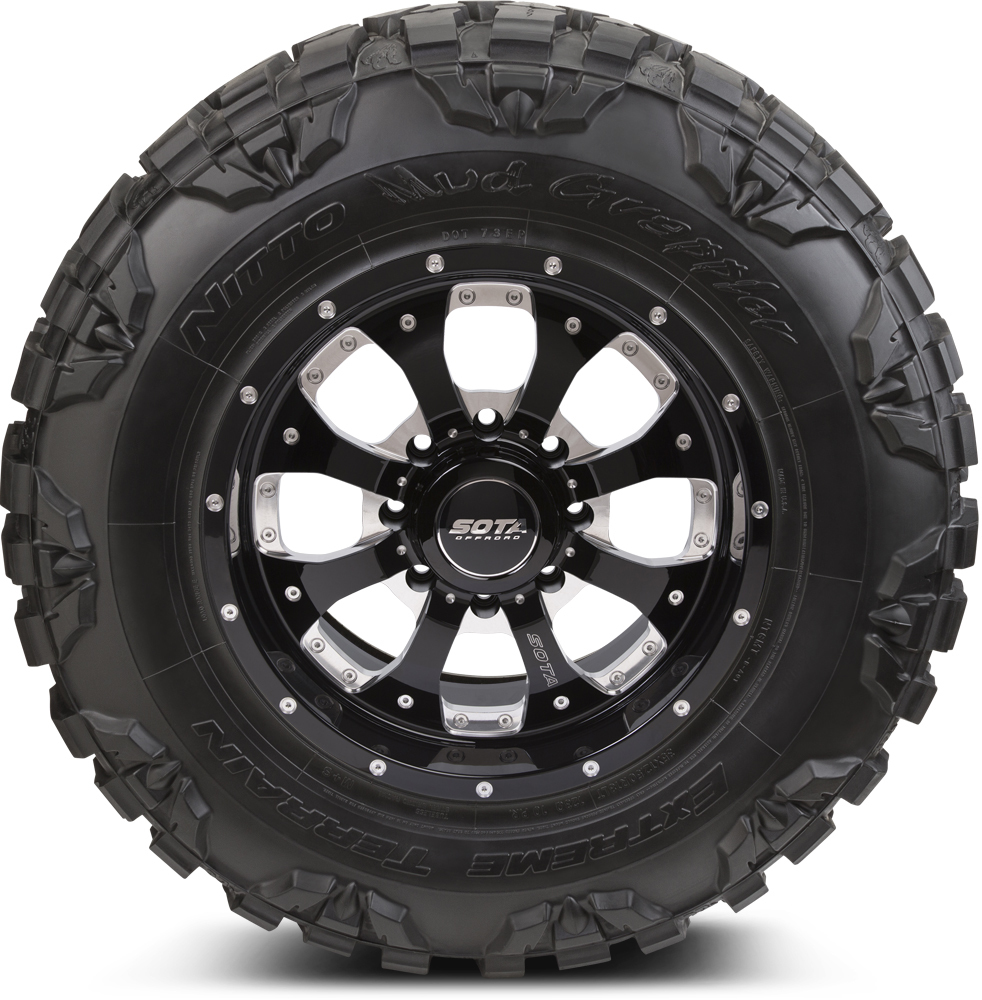
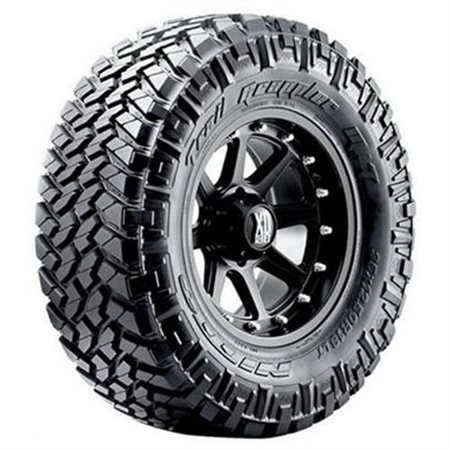
Selecting the ideal tire for your Jeep can be a harrowing task, to put it lightly. You have to take into consideration the tire type, size, tread and more that will work best within your budget and for your application. There are so many different types to choose from, each with a variety of specific uses and performance levels. Bear with me while I help walk you through the selection process and get you one step closer to finding the perfect tire!

First off, it's best to know what type of vehicle the tires will be going on. Is your Jeep going to be your daily driver? Do you log a lot of highway miles per year? Are you planning on using it as an occasional offroad vehicle on beaches or mild trails? Do you plan on using your Jeep on more aggressive terrain such as mud and rocks? Or is your vehicle going to be an all out hardcore, modified offroad rig? Deciding what your vehicles primary use and capabilities will be is the first step. The next step is choosing your tire type.
You've probably seen tire sizes as a combination of numbers and letters (LT285/70R17 OR 35x12.5R17LT). Some of these numbers and letters can seem like absolute gibberish if you're not familiar with what they stand for:
LT= Light Truck. These letters can be at the beginning or end of the tire size. If they are at the beginning, the size is in metric form. If they're at the end, the size is in numeric form, Light Truck tires are designed for vehicles carrying heavy cargo or towing large trailers. They are ideal for Jeeps, trucks and SUVs.
AT= All Terrain. Tires that are deemed an All Terrain are designed to offer good performance both on and off road. These tires usually use a tread pattern design where the lugs are tighter together than say, a mud terrain, which results in a quieter on road ride and are normally louder than a street tire. These tires are ideal for those who are using their vehicle as a daily driver with lots of highway driving and minimal off road or trail use.
ST= Street Tire/Sport Truck. A Street Tire or Sport Truck Tire is a wide, low profile tire with a larger rim diameter. These tires are used to replace OE tires and offer all-season versatility including traction in light snow. These are ideal if you're looking for a sport truck appearance with year round performance and very limited off road usage.
MT= Mud Terrain. Mud Terrain tires are designed to perform specifically in mud. They are usually constructed form a softer compound with wider gaps between lugs. This helps the tire grip or grab on to whatever it can for better traction, even more so when aired down. They tend to wear down quicker than AT's and LT's, especially if used on the highway and the noise level can be notably louder than any other type of tire.
Bias Ply/ Cross Ply: Bias Ply tires are constructed with cords underneath the tire which run in different directions. These tires have a stiffer sidewall and shoulder which increases the heat build up inside the tire. These are ideal for those looking for that old-school feel and appearance and don't mind the low tread life.
Radial: Radial tires are more common and generally last longer than the bias. They are more flexible and are constructed with rubber coated, reinforced steel cable belts that run from side to side at 90 degree angles. These tires allow for more ground contact and will improve traction and better tread wear.

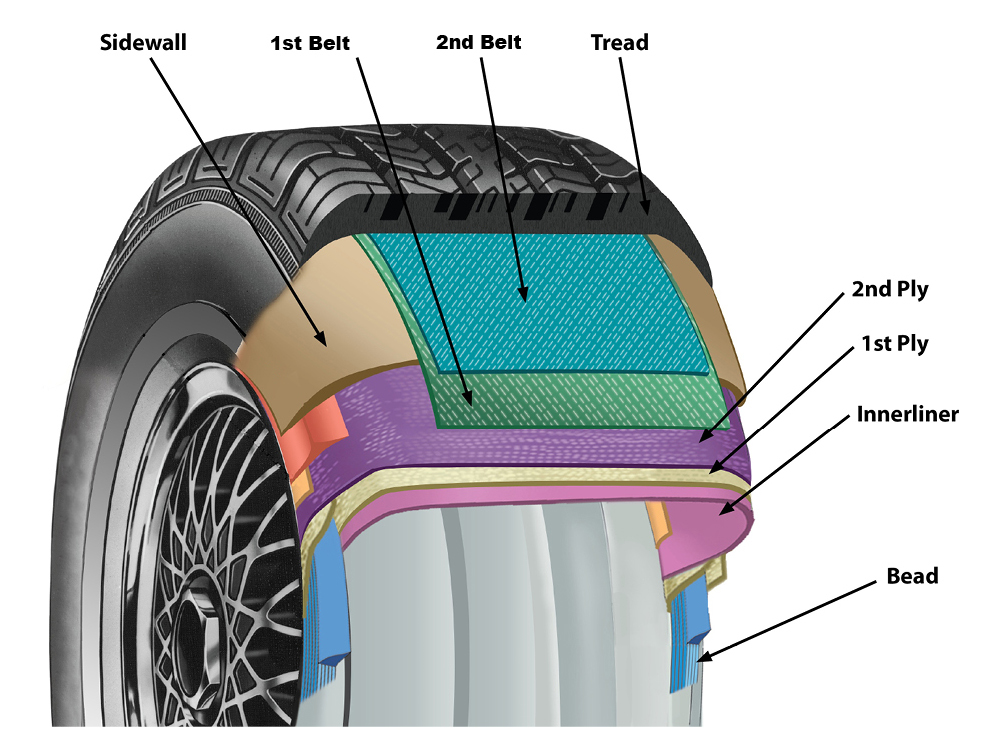
Another aspect of selecting the perfect tire for yourself is to research the overall performance ratings. Generally, you want to look for Dry Performance (how the tire is on dry ground), Wet Performance (how the tire is on wet ground or in snow), Quietness (how your tire sounds at 30 MPH+), Comfort (how soft or firm the ride quality will be) and Offroad Performance (how well the tires perform on unpaved roads). In a perfect world, you would want a tire that does exceptionally well in all areas but unfortunately, that is not the case. A tire that rates well in comfort and quietness may not be your best option for offroad performance and a tire that rates well in offroad performance may not be the most quiet or comfortable on road. Other features you can look for are sidewall technology and design, stone ejectors, mud evacuation, sipes, tread depth and treadblock arrangement. It is always best to do your research and find out what others like before making your purchase.

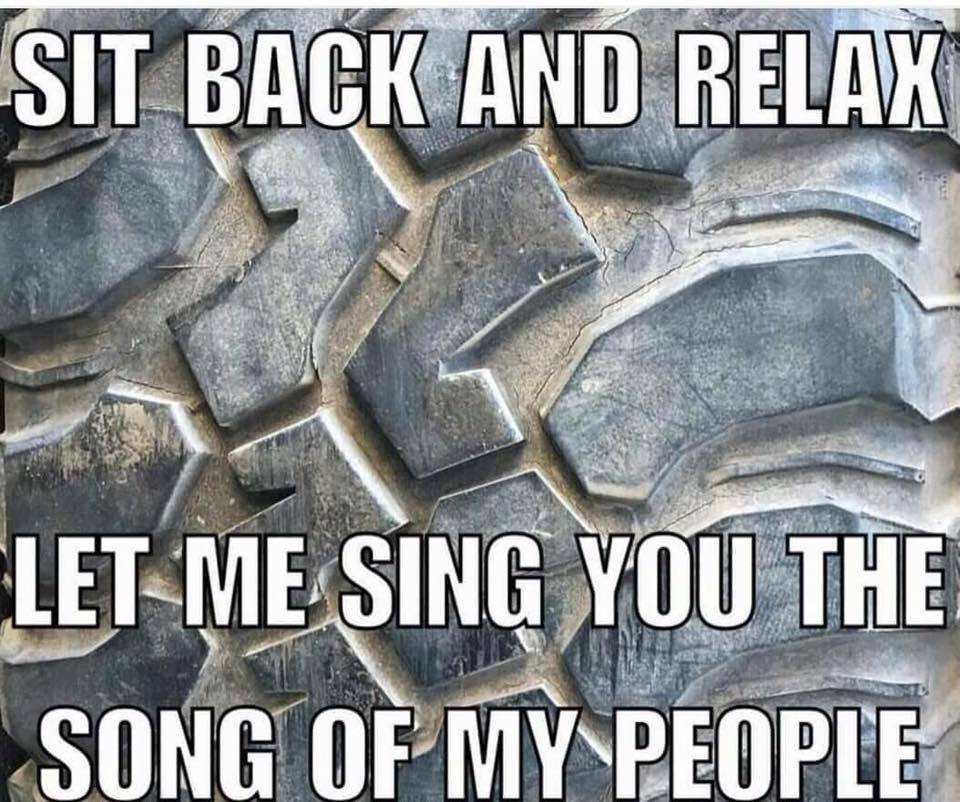
The next step in selecting your tire is where social media comes into play, both for me and for you! I had such positive feedback from our followers on all platforms in my last blog, so I figured I might as well continue including them for the best, and most honest, opinions. I polled the crowds yet again to find the best tires and sizes and the findings were what I expected. Please, keep in mind the majority of our followers have the same interests as us, which is offroading so their response will follow along with that! BF Goodrich tires landed at the top of the tire pyramid with 33 votes. KM2's, KO2's and Mud Terrains were the most popular styles for this brand. Coming in second place with 32 votes was Nitto Tire. Nitto has a large variety of tires and the "Grappler" style seemed to take the cake with Mud, Trail, Terra and Ridge. Rounding out the top 3 brands was Goodyear Tire. Their Duratracs, MTR's and Kevlar styles were the most popular in this category! Also included in the list were Toyo, Cooper, Mickey Thompson and Falken!


I also asked our followers about the best tire size for their build. Is bigger REALLY better in the off road world? See for yourself what Twitter had to say:

Eric and I have had the chance to run just about every tire size up to 37"s. Come on, guys. We all had to start somewhere, right? When Eric bought Shanaynay, he was running stock 33" tires and when I bought Frankie Van Halen, my poor baby had some real sweet 29" pizza cutters. We both bumped up to 35"s (his on a 4 door, mine on a 2 door) for a while before settling in with 37"s. Each size has its pro's and con's. Tire sizes between 30-35"s are more affordable and more readily available. I don't know about your location, but some shops can give you a hassle when it comes to mounting and balancing anything larger than a 35" tire. These tire sizes are also ideal for drivers looking to keep their Jeep as a daily driver with good gas mileage and a vehicle that you don't need to limber up or learn yoga before climbing into. 37-40"+ tires are ideal for those looking for a more aggressive look and better off road performance out of their vehicle. These sizes can get pretty pricey and aren't always available in the brand you'd like. Once you get to the 35-37"+ range, it's also important to take into consideration the modifications that may be needed to properly fit the tires, but that's another blog for another day.

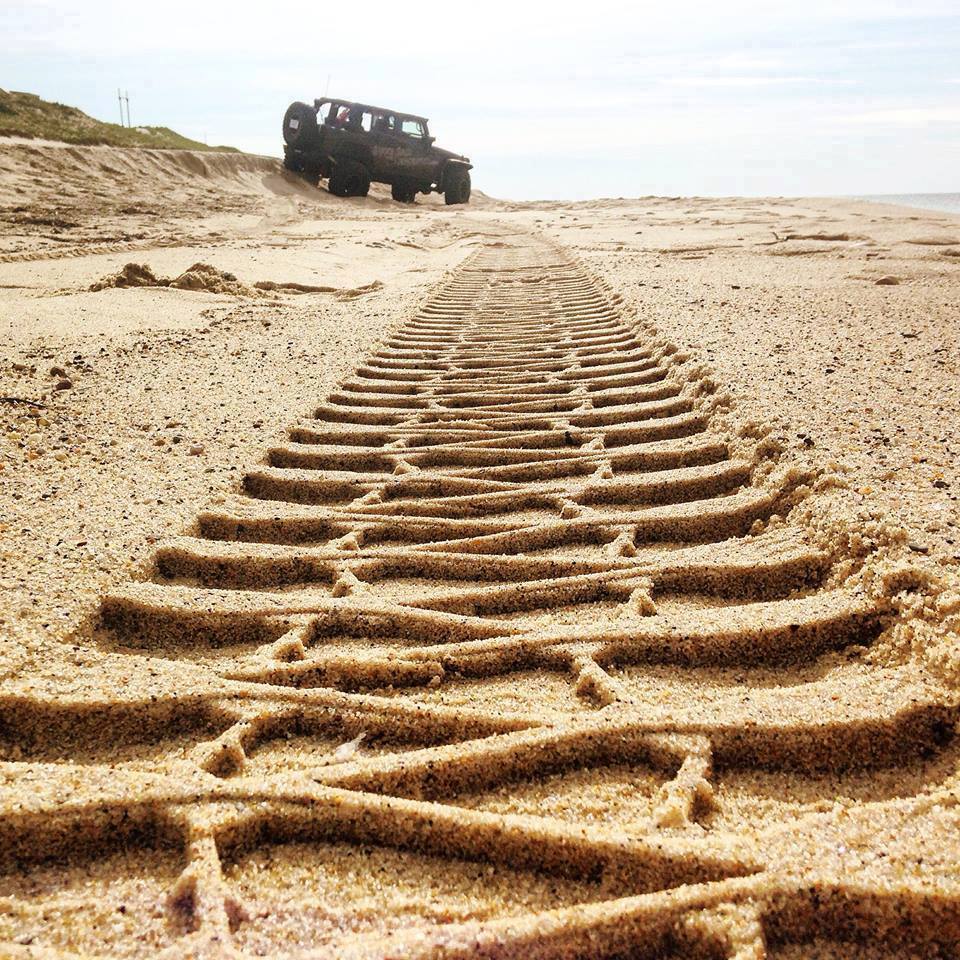
So, there you have it! I would like to thank our friends and followers for their honest input, once again and thank YOU for taking the time to read this. You can view our selection of tires here. We are still in the process of adding more brands to our inventory so let us know if there is something else you are looking for!

